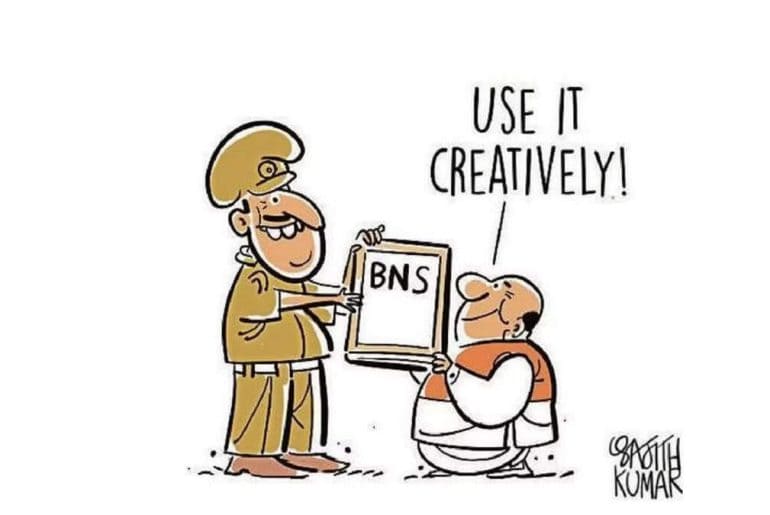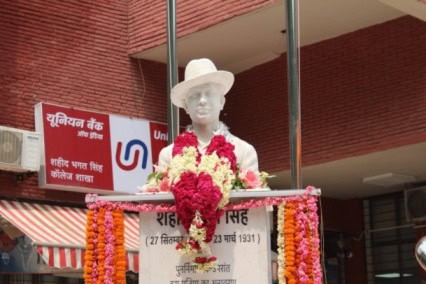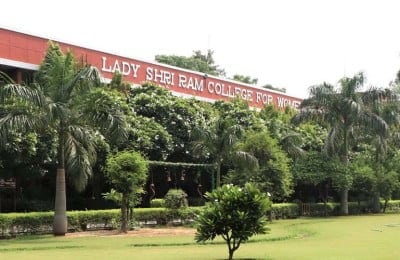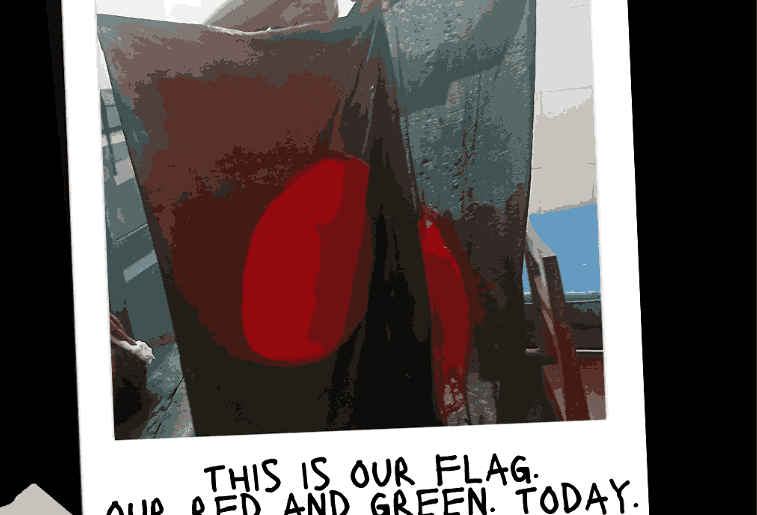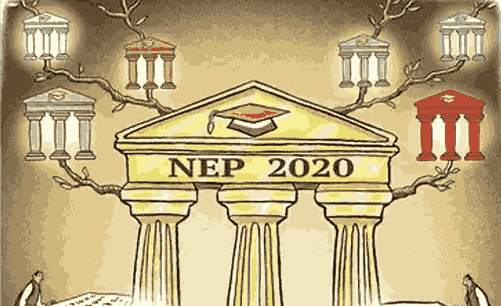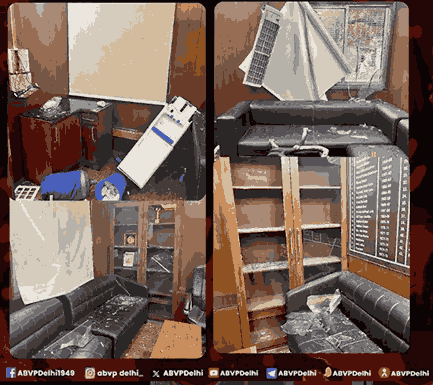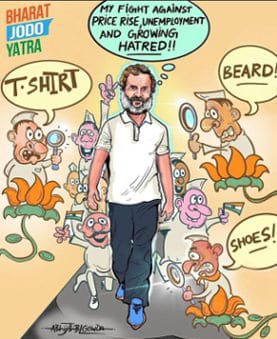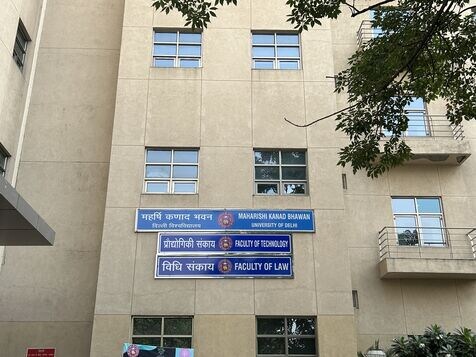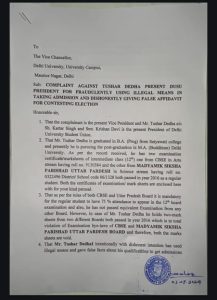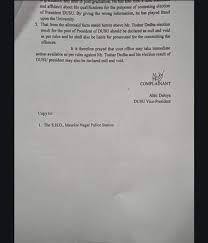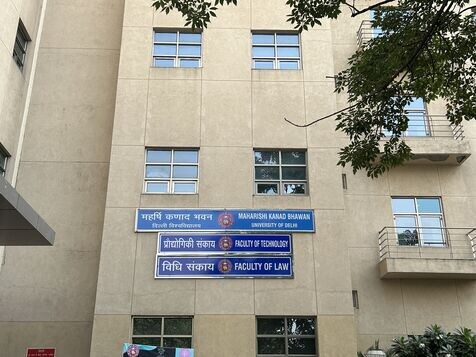The Parliament passed the Bhartiya Nyaya Sanhita on July 1, replacing the long-standing colonial criminal laws. While they bring an array of much needed changes to the criminal justice system, they have been rightfully criticised for retaining Victorian ideals of gender justice. So where do these laws find themselves in “Naya Bharat”?
These laws are made by Indians, for Indians and by an Indian Parliament and marks the end of colonial criminal justice laws,
said Union Minister Amit Shah. Bhartiya Nyaya Sanhita, the official Criminal Code, replaced the dated Indian Penal Code (1860). The new criminal laws boast of prioritising justice dispension, as opposed to penal action, according to him.
Many overlapping sections have been merged and simplified, with 358 in BNS against 511 in IPC, along with each section being defined expansively to make the laws accessible and improve law enforcement. Furthermore, under the new laws, an individual can now report incidents through electronic communication, without needing to enter a police station. This allows for efficient reporting, facilitating prompt action by the police. With the introduction of Zero FIR, a person can file a First Information Report (FIR) at any police station, regardless of jurisdiction. This eliminates delays in initiating legal proceedings. An interesting addition to the law is that in the event of an arrest, the individual has the right to inform a person of his choice about their situation. This will ensure immediate assistance to the arrested.
Besides, arrest details will now be prominently displayed within police stations and district headquarters, allowing families and friends of the incarcerated, easy access to important information. To strengthen cases and investigations, it has become mandatory for forensic experts to visit crime scenes of serious offences and collect evidence. Furthermore, judgement in criminal cases has to come within 45 days of completion of trial and charges must be framed within 60 days of the first hearing.
While these are needed and plausible provisions, will India’s judicial system which is already reeling from a backlog of cases and inadequate dispensation of justice, be able to efficiently implement them?
The case for sedition: The biggest grey area
In an attempt to decolonise the legal justice system, BNS comes forth as just a rendition of the very idea it wished to replace. By expanding powers of the state and the police, BNS retains offences grounded in archaic morality, similar to that of the colonial set up. It widens the penal network through broad but stringent and vaguely-defined offences, thus strengthening the state’s resolve of power over the citizen.
Section 124A of the IPC titled, “Offences Against the State”, includes the offence of sedition. Section 152 of BNS, mimics the IPC section with a few changes, only the offence of sedition has been replaced with, ‘‘an act endangering sovereignty, unity and integrity of India.”
While the former focuses on activities that incite hatred, contempt or disaffection towards the government, the latter penalises activities that excite “subversive activities” or encourage “feelings of separatist activities” or endanger the “sovereignty or unity and integrity of India”. But BNS does not explicitly state what constitutes either of these.
In the case of Kedar Nath Singh vs State Of Bihar (1962), the court limited the extent of the IPC section to only “speech that poses an imminent threat to public order”, to safeguard citizens’ freedom of speech guaranteed under the Constitution. Since the implementation of BNS, the court’s decision on the IPC sections are no longer applicable. Hence, the scope of section 152 of BNS remains unclear.
The Union Government has clarified that BNS no longer criminalises sedition, but criminalises treason, and criticising the Government is no longer an offence. But broadly defined provisions of the BNS empower law enforcement agencies to detain individuals based on an ambiguous law.
Similarly, section 197 of BNS, which includes provisions on fake news, states that whoever makes or publishes false or misleading information, jeopardising the sovereignty, unity and integrity or security of India – shall be punished with imprisonment which may extend to three years, is another vaguely-defined provision.
A man in Uttar Pradesh’s Bhadohi was arrested and booked for imputations and assertions prejudicial to national integration under section 197 – his offence, waving a Palestinian flag during a Muharram procession. According to the police, in a report by The Indian Express, the incident could create feelings of hatred and animosity among the public.
Punishment of Sexual Offences: What about marital rape?
According to colonial notions of morality, husbands are exempt from the crime of rape, which was reflected under section 375, which stated, “sexual acts or sexual intercourse by a man with his own wife…is not rape.” Despite widespread criticism, the BNS has retained these regressive and patriarchal values in Section 63. Although, the age of consent of a married woman has been raised to 18 from 15.
While the MRE (Marital Rape Exception) was overturned in England through a judgment in 1991, it has been retained in BNS. However, there have been several attempts to overturn the MRE in the past. In 2013, the Justice Verma Committee had recommended its repeal, but the Parliamentary Standing Committee on Home Affairs rejected the recommendation – on the grounds that “the entire family system will be under great stress.” Similarly in May 2022, Delhi High Court delivered a split judgement, with one Justice striking down the MRE as unconstitutional due to its denial of bodily autonomy and agency of married women, while the other conceded that often, consent is given for sexual intercourse though will may not exist. “The state should not interfere with privacy within a marital relationship”, he had stated.
The constitutional validity of the MRE is currently pending before the Supreme Court through a batch of petitions. But BNS, a supposedly decolonised legislation, continues to uphold the unfortunate colonial mentality of attacking a woman’s bodily autonomy through stringent social union that is marriage, apparently even above a country’s laws, making the husband as the sole owner of his wife’s body.
Furthermore, BNS’s assumption that a man can’t be raped, reinforces the colonial ideas, particularly excluding queer men, who often face sexual abuse.
What about protection of queer people against sexual offences?
Sections 63 to 71 of BNS pertain to types of rape, but there is no reference to transgender people. BNS omits section 377, which criminalised same sex relationships, with that provision being repealed in 2018 in the landmark Navtej Singh Johar case (2018). But the section also criminalised non-consensual sex between adults of all genders and orientations, as well as sexual offences against animals. Despite a Parliamentary Committee’s recommendation to retain these provisions, the new Bill omits them, making the rape of men, transgender individuals, and animals non-offences.
National Crimes Record Bureau (NCRB) of India recorded 826 cases under IPC Section 377 in 2020 and 955 cases in 2021. Despite this, these crimes often go under-reported due to social stigma or mishandling by police officials. However, there is a scope to register an FIR under section 75 of the the BNS which covers sexual harassment but is gender neutral.
According to a report by The Hindu, there is a possibility that BNS may be amended to incorporate a section about sexual violence against men and transgender people. Tansgender people in particular after often more vulnerable to sexual abuse in domestice settings or prisons. Till the time that amendment is brought about, charges of wrongful confinement or physical hurt might be applied to such cases. However, at present, there is no appropriate provision to deal with cases of sexual violence and offers survivors no recourse to seek justice, leaving their protection hanging by a thread.
Sexual minorities in India are a particularly vulnerable group, with the Supreme Court recognising in the judgement on marriage equality petitions that they require legal, social and systemic protections. But does modern India’s supposed decolonised extension of a colonial law offer this recourse to the queer community? Unfortunately it does not, leaving an already vulnerable section of the Indian society, with no legal redressal.
Bhartiya Nyaya Sanhita, in its quest to decolonise and modernise the Indian legal system, has left many in the shadows of justice. Focusing more on the nature of the criminal act, there seems to be no scope for the people. Vaguely defined criminal laws, non-recognition of marital rape, no redressal for the queer community, and many more grey areas and missed opportunities. This decolonised law essentially establishes itself as an Indianised version of its Victorian past.
Read Also: https://dubeat.com/2020/03/15/crushing-dissent-aaya-police/
Featured Image Credits: Deccan Herald
Gauri Garg

